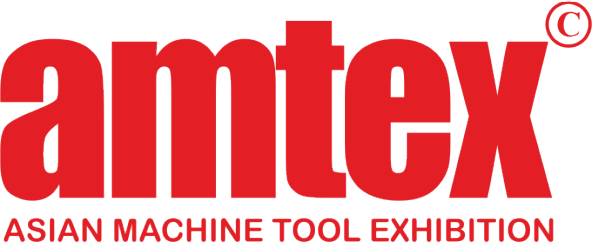India has emerged as the fastest growing major economy in the world and is expected to be one of the top three economic powers of the world over the next 10-15 years, backed by its strong democracy and partnerships. Indian Economy is expected to grow 7.1% in 2019-20 and gross domestic product (GDP) is expected to reach US$ 6 trillion by Fy2027.
India is an attractive hub for foreign investments in the manufacturing sector. India's Foreign Direct Investment (FDI) equity inflows reached US$ 409.15 billion between April 2000 and December 2018. Several companies have set up or are looking to establish their manufacturing bases in the country.
The manufacturing sector of India has the potential to reach US$ 1 trillion by 2025 and India is expected to rank amongst the top three growth economies and manufacturing destination of the world by the year 2020. The implementation of the Goods and Services Tax (GST) will make India a common market with a GDP of US$ 2.5 trillion along with a population of 1.32 billion people, which will be a big draw for investors.
